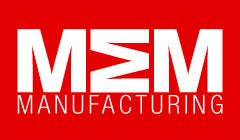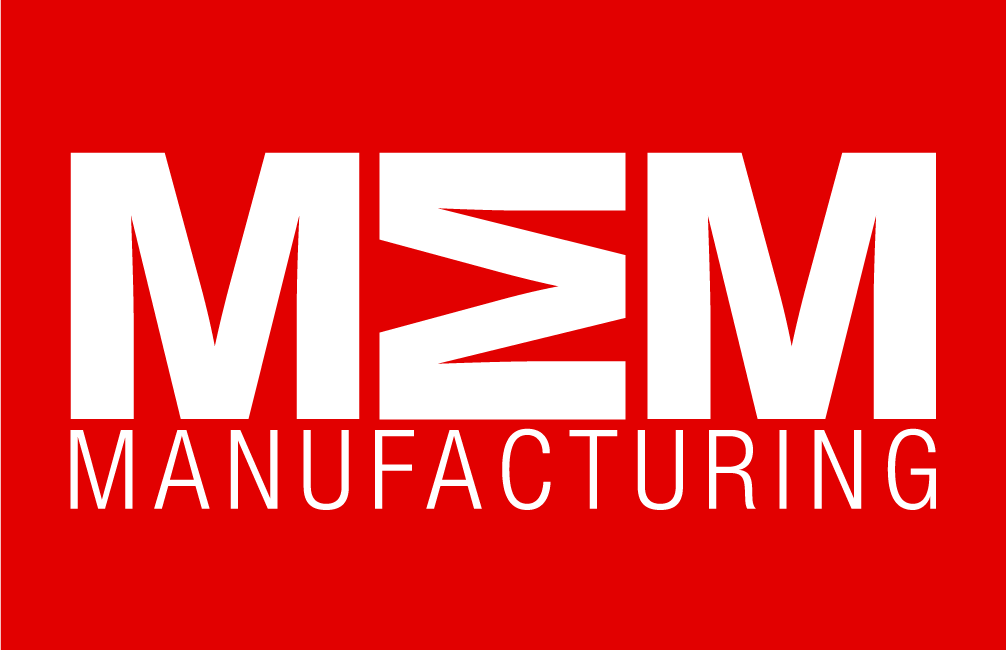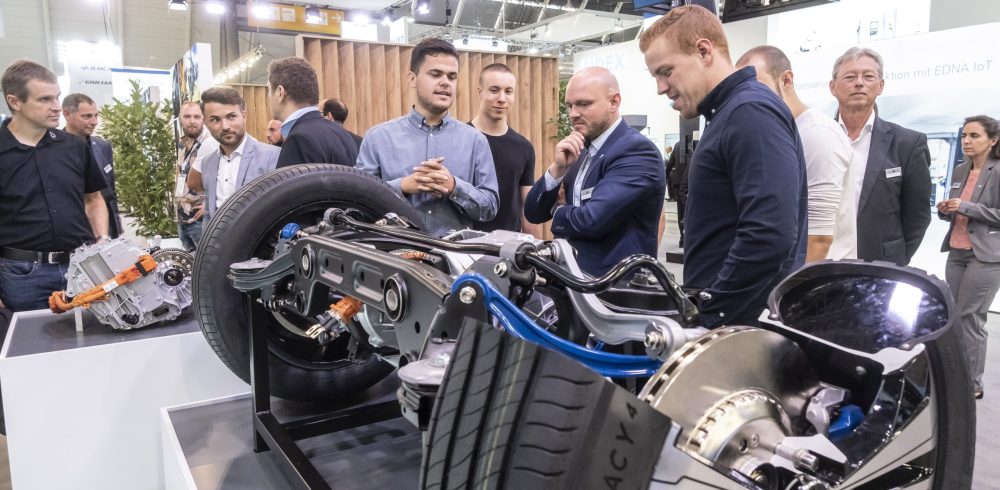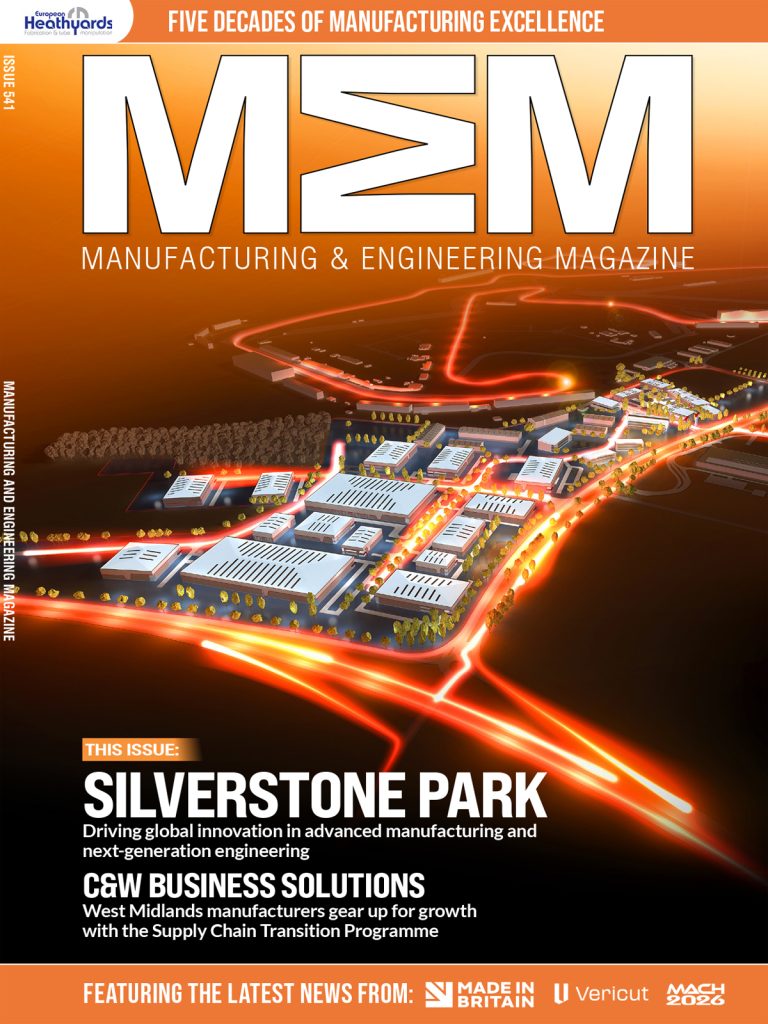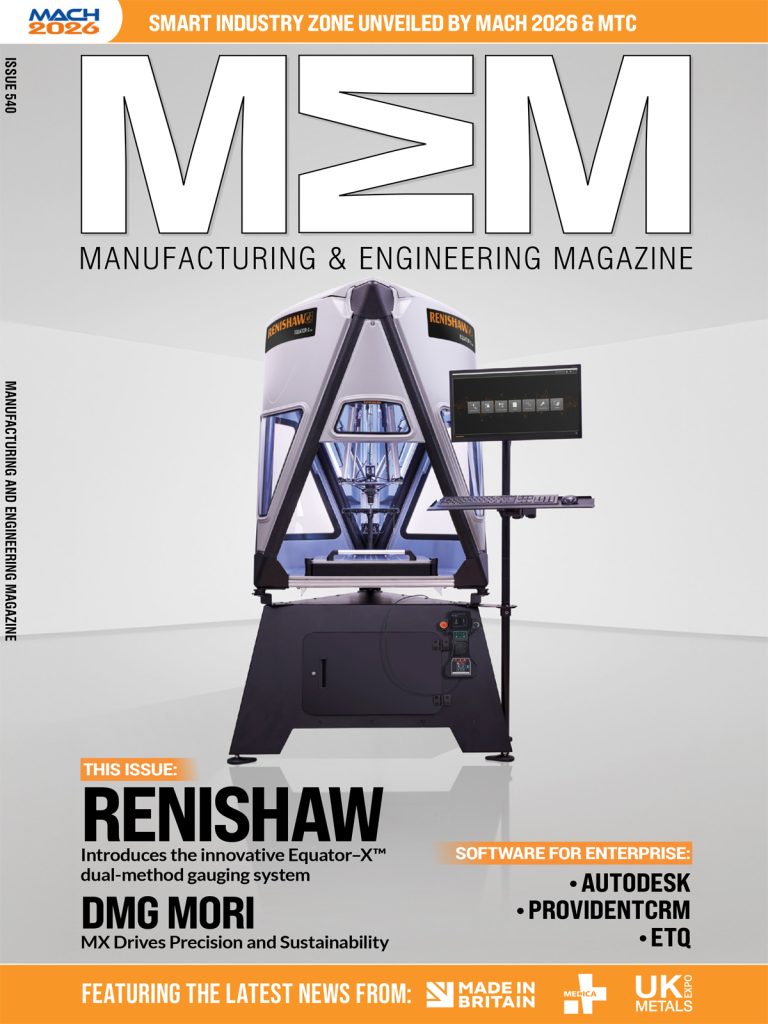Machine tools as a market barometer
“Customs tariffs on electric cars” was the provocative topic which prompted the German Economics Minister Robert Habeck to go on a difficult trip to China at the end of June. Difficult because while Habeck did not want to present an uneven picture at home in Europe, he certainly wanted to prevent customs tariffs on Chinese electric cars in view of the domestic economy. After all, leading German manufacturers are operating large plants in China and represent some of the biggest suppliers of electric cars from China to Europe. Another topic echoed through the corridors of the Ministry of Economic Affairs: the concern over retaliatory tariffs on internal combustion engine vehicles which are exported to China from Germany. This was also not a positive scenario for the German economy. The objective of Habeck’s shuttle diplomacy was to prevent the collapse of the already shrinking market. That’s because he knows exactly how everything in Germany depends on car manufacturing.
The German machine tool industry also depends a great deal on automobile manufacturers and their suppliers. Although the share fell from 42 per cent (2019) to 31 per cent (2021), milling of engine blocks, turning of shafts and forming of metal sheets are still the most important value-added activities of machine tool customers. As the German Machine Tool Builders’ Association (VDW) also stated in its 2023 Market Report, the importance of automobile manufacturing (OEM) has decreased significantly compared with 2019, but still remains the largest customer industry.
The search for trend reasons also does not take very long here. For example, the German Machine Tool Builders’ Association (VDW) said that the main reason for the decline in the automobile sector was the transformation process in the industry with an increasing shift in investments towards electromobility. In view of this situation, nobody from the machine tool industry therefore needs a trade war with the largest sales market for its changing customer group.
Continuing diversification
This development is worth a second look at the biennial study of the customer structure of the VDW member companies. In 2021, around 50 member companies took part in this study and reported a total of approximately 12,300 machines with a value of €4.6 billion. Even though the latest figures in the 2023 report are still not available, the trend is clearly being confirmed. Three years ago, it was obvious what could be expected again for this year: the German machine tool industry is broadening its base. The figures clearly show that the customer industries are much more diversified than they were some years ago.
In 2019, the three largest customer groups – mechanical engineering, automobile manufacturers and automotive component suppliers – had a share of two thirds while the corresponding figure two years later was only 60 per cent. The automotive industry therefore accounts for around one third while it was 42 per cent in 2019. The mechanical engineering industry itself as a customer for machine tools increased its share and has also diversified: machine tool construction with a share of 5.3 per cent, punching and cutting tools with slightly more than 4 per cent and drive technology with 1.3 per cent are subsequently the most important sub-sectors.
Exports at a record level
Let’s look east once again: if the pressure from China increases in regard to electromobility, what is the situation for machine tools? Measured in terms of the production value or consumption value in its local currency Renminbi, China produced more machine tools than were demanded last year for the first time. The country exported machine tools to the value of €7.3 billion to other countries, followed by Japan which exported machine tools to the value of €6.3 billion. However, Germany still remains the machine tool export world champion with a value of almost €8 billion. An analysis of the absolute figures for the cutting and forming machines produced on the respective markets shows that China is the leader by far. With a production volume of more than €25 billion, China produces almost as much as Germany, Japan and the USA combined.
Although competition on world markets is increasing, it cannot be said that a trade war is looming in the cutting and forming technology sector. According to the analysis by the VDW, it was rather German, Swiss and Japanese manufacturers who also played an important role in ensuring that exports from China were at a record level last year.
A competitive comparison of regions showed that European countries and the USA actually made up some ground: while China (- 2%), Japan (- 8%) and Taiwan (- 16%) recorded a decrease, the production volume in Germany (+ 9%), the USA (+ 8%), Italy (+ 6%) and Spain (+ 22%) was much higher last year than in 2022 – even though at a much lower level at times.
Fluctuations in incoming orders
These figures should not obscure the fact that 2024 and 2023 are “challenging times” in Germany, according to the VDW. The reason: many empty pages in order books. Under the influence of the high inflation rate last year, the incoming orders of German machine tool manufacturers dropped by 11 per cent in nominal terms. An analysis of the 3-month average for incoming orders of the German machine tool industry shows a fluctuating curve: plus and minus swings in the number of incoming orders are increasing and are felt over years instead of over quarters. It is therefore not surprising that the German Economics Minister is trying to keep the current downward curve shorter and flatter through shuttle diplomacy.
Table showing the customer structure of VDW member companies
The customer structure of the machine tool industry still depends to a great extent on the automotive industry – but with a much lower decrease.
Automotive industry 31% (2019: 42%)
Mechanical engineering 29% (2019: 24%)
Manufacture of metal products 12.4% (2019: 7.5%)
Aerospace engineering 5.4% (2019: 6.7%)
Electrical engineering industry 4.4% (2019: 3.0%)
Precision mechanics 1.9% (2019: 1.8%)
Medical technology 1.5% (2019: 1.2%)
Meeting point AMB 2024
More than 1,200 companies from 30 countries will present their solutions for the metal working industry at AMB 2024 in Stuttgart. The fully occupied trade fair grounds in Stuttgart will be the setting for many different topics from 10 to 14 September: machine tools and production lines with their control and drive systems will be presented along with the related tools and clamping systems. Automation solutions as well as measuring and test systems will also be exhibited again. In the area of Industry 4.0, solutions will also be presented relating to AI and intelligent networks, CAD/CAM applications and collaborative robotics. A special show by the German Machine Tool Builders’ Association (VDW) and the German Engineering Federation (VDMA) on the umati (universal machine technology interface) initiative will highlight the benefits of open interface standards based on OPC UA. In the SmartFactory at the Entrance East, machine interaction will also be presented in a fully automated process chain.
Manufacturing & Engineering Magazine | The Home of Manufacturing Industry News
